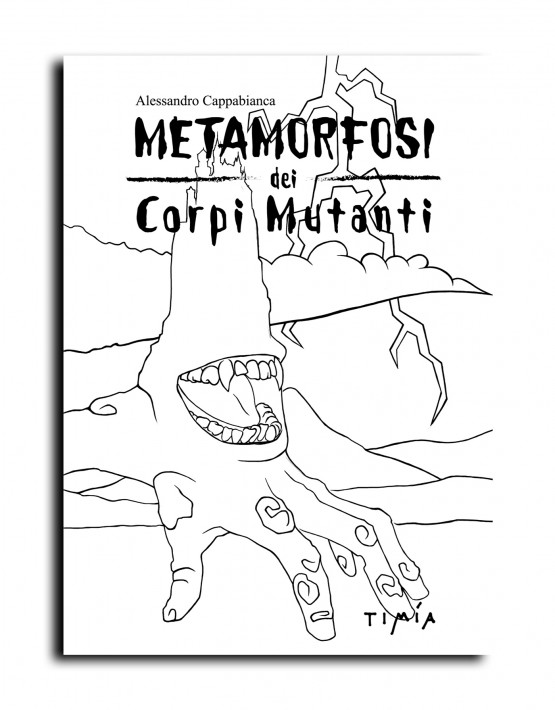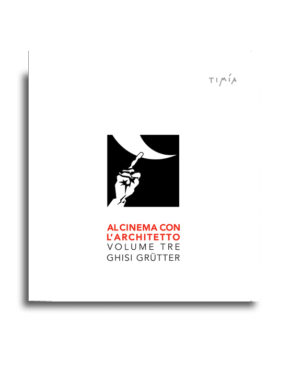Alessandro Cappabianca
Born in Rome in 1937, Alessandro Cappabianca is an architect and an art and film critic. He has taught at the Faculty of Architecture at Florence University. In the 70s he was one of the editors of the series “Cinema e informazione visiva” published by Mazzotta in Milan. He was a co-founder of the magazine “Fiction, Cinema e pratiche dell’immaginario” (1977-80, with Ellis Donda, Michele Mancini, Giuseppe Perrella and Renato Tomasino), and has also contributed to “Filmcritica” (including editorship), “Casabella”, “La città di Riga. Rivista d’arte”, “Fata Morgana”, “La Corte”, “Spirali” and the online magazine “La furia umana”. He has written monographs on Billy Wilder, Erich von Stroheim, Roman Polanski, Antonin Artaud and Carmelo Bene. He has also contributed to conferences and collective publications on film scenography and the portrayal of the city in film, and worked with directors such as Dovženko, Antonioni, Ophüls, Scorsese, Eastwood, Lang, Edwards, Donen, Boorman and Ruiz.





